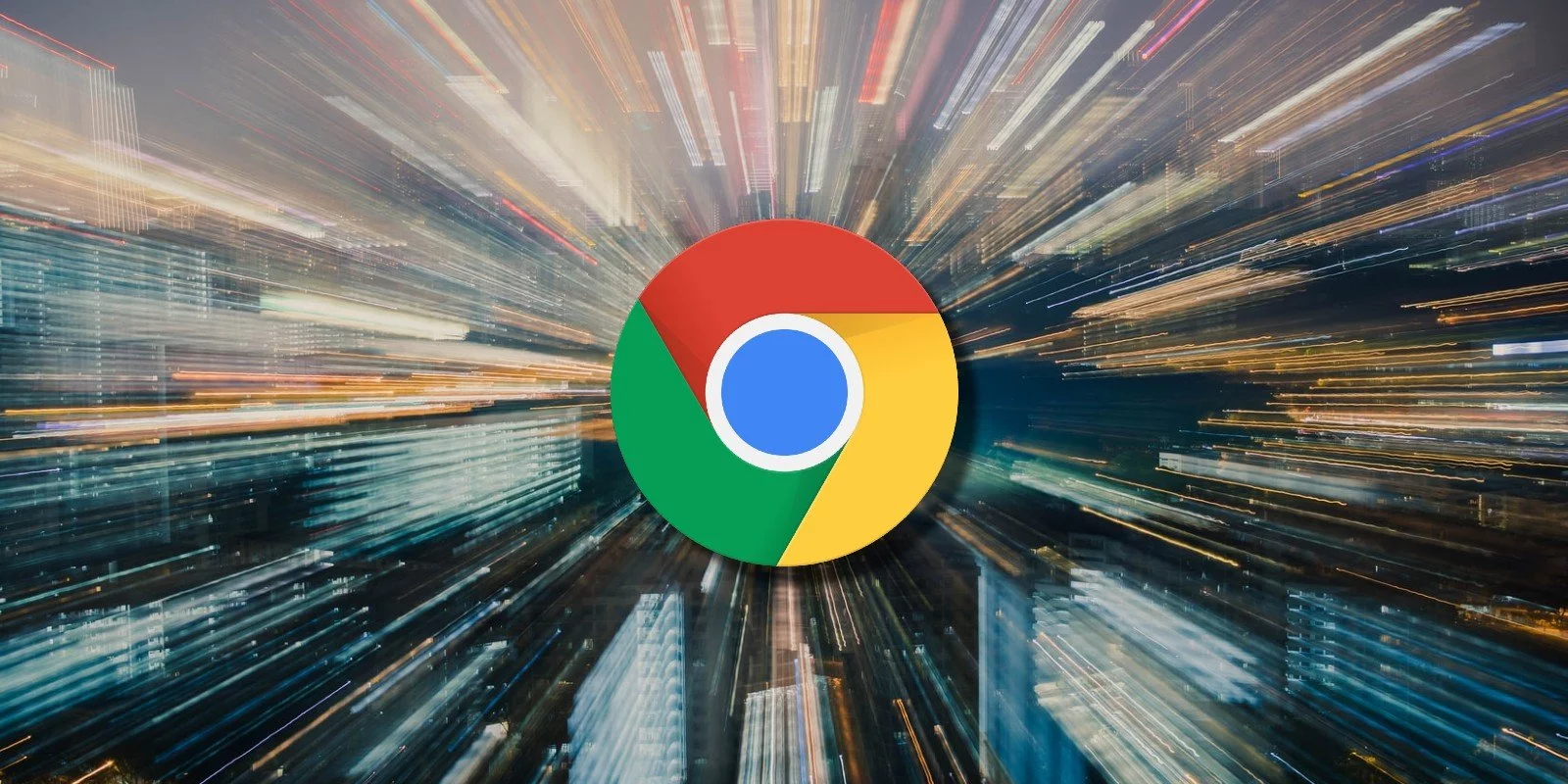KEEP IN TOUCH
Subscribe to our mailing list to get free tips on Data Protection and Cybersecurity updates weekly!







With the release of Google Chrome 85 the web browser is now delivering up to 10% faster page loads due to the use of a new compiler optimization technique known as Profile Guided Optimization (PGO).
Google initially introduced PGO with Chrome 83 for Windows users using the Microsoft Visual C++ (MSVC) build environment, and it’s now being rolled out to both Windows and Mac devices using Clang.
“Because PGO uses real usage scenarios that match the workflows of Chrome users around the world, the most common tasks get prioritized and made faster,” Chrome Engineering Director Max Christoff said.
“Our testing consistently shows pages loading up to 10% faster at the median, and even greater speed improvements when your CPU is tasked with running many tabs or programs.”
Based on the Speedometer browser benchmark and the First Contentful Paint perceived load speed metric, PGO is behind increases of up to 3.5% and 11.4%, respectively, as well as a 7.3% rise in overall responsiveness.
| Platform | Browser Responsiveness | First Contentful Paint | Speedometer 2.0 |
| Mac | 3.9% faster | 2.3% faster | 7.7% faster |
| Windows | 7.3% faster | 3.5% faster | 11.4% faster |
This technique makes it possible for the browser’s most performance-critical code to run faster which means that, overall, users will also be able to notice a boost in speed while browsing the web.
The performance increase will be noticeable for Stable channel users with the release of Google Chrome 85.0 that will roll out later today according to Chrome’s release timeline.
Google is also including a new feature known as Tab Throttling in the Chrome 86 Beta release that will start rolling out between September 3 and September 10.
Tab Throttling decreases the impact of idle background tabs by recovering system resources locked by background tabs and redistributing them to active tabs.
Also read: AI Auditing Framework: Draft Guidance for Organizations
According to Google’s tests, this feature also increases memory savings and battery time which will translate in a more responsive system and longer times until you need to recharge your laptop.
“Chrome’s performance – speed and usage of resources like power, memory, or CPU – has always been top of mind,” Christoff added.
“We have a dedicated engineering team that has been consistently (and quietly) making improvements so Chrome runs faster and smoother on all devices, operating systems, and internet conditions.”
Last month, Google stopped testing Microsoft’s Windows 10 memory optimization after discovering that it caused a performance hit in Google Chrome due to increased CPU use.
Also read: Personal Data Protection Act Australia